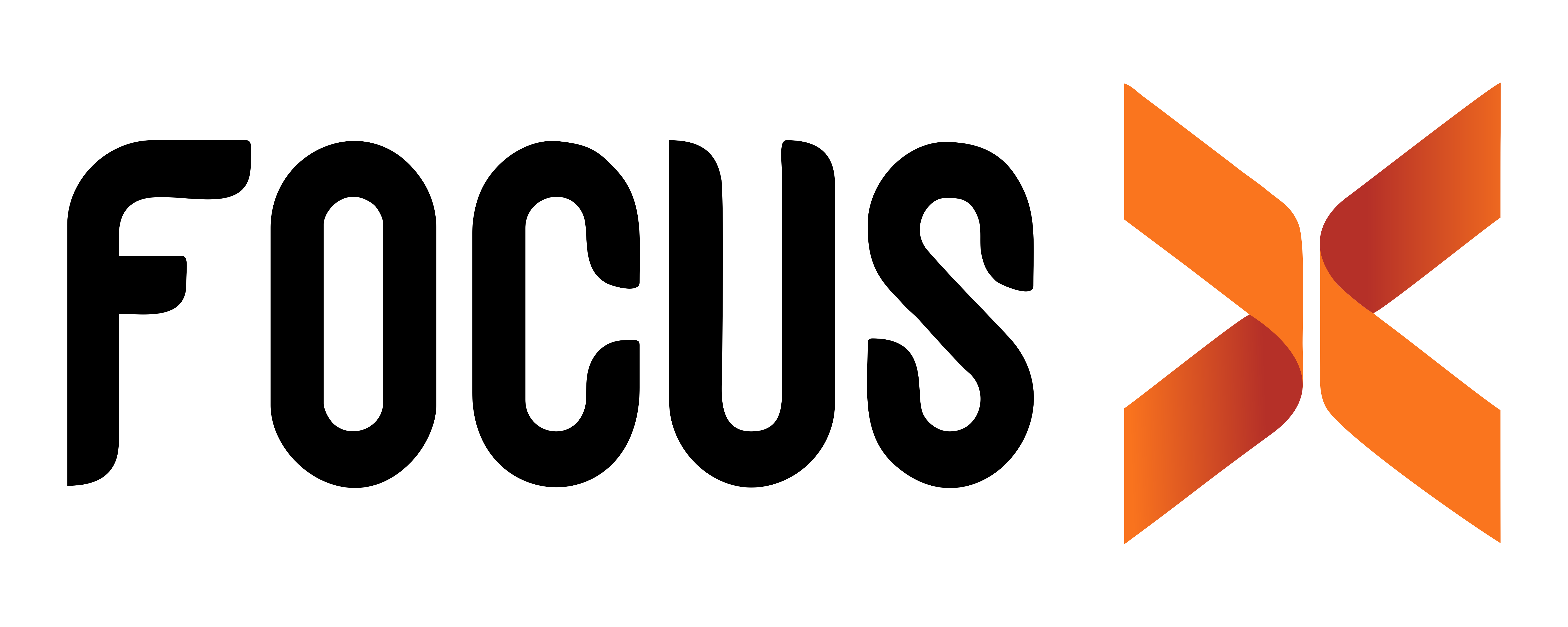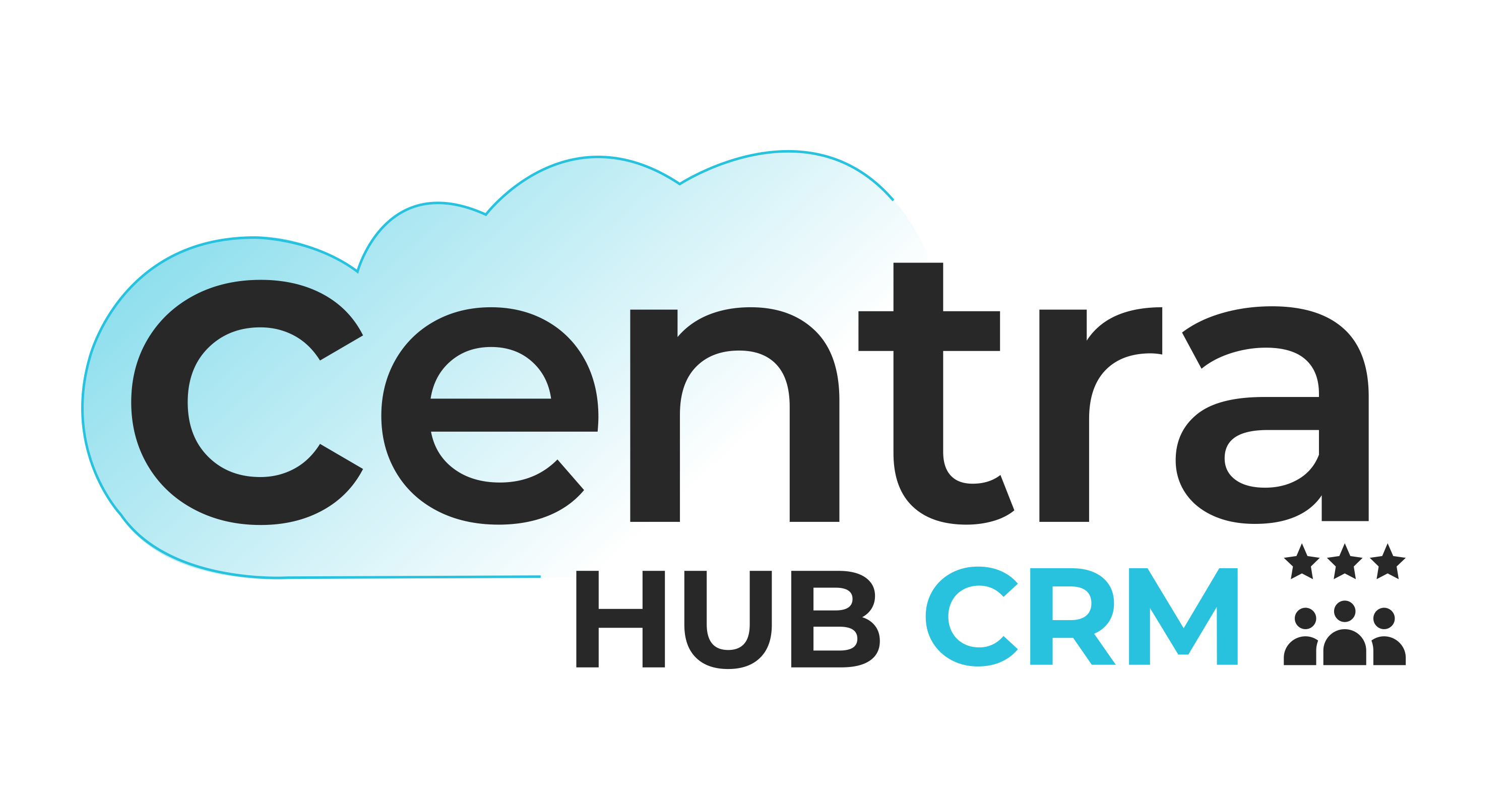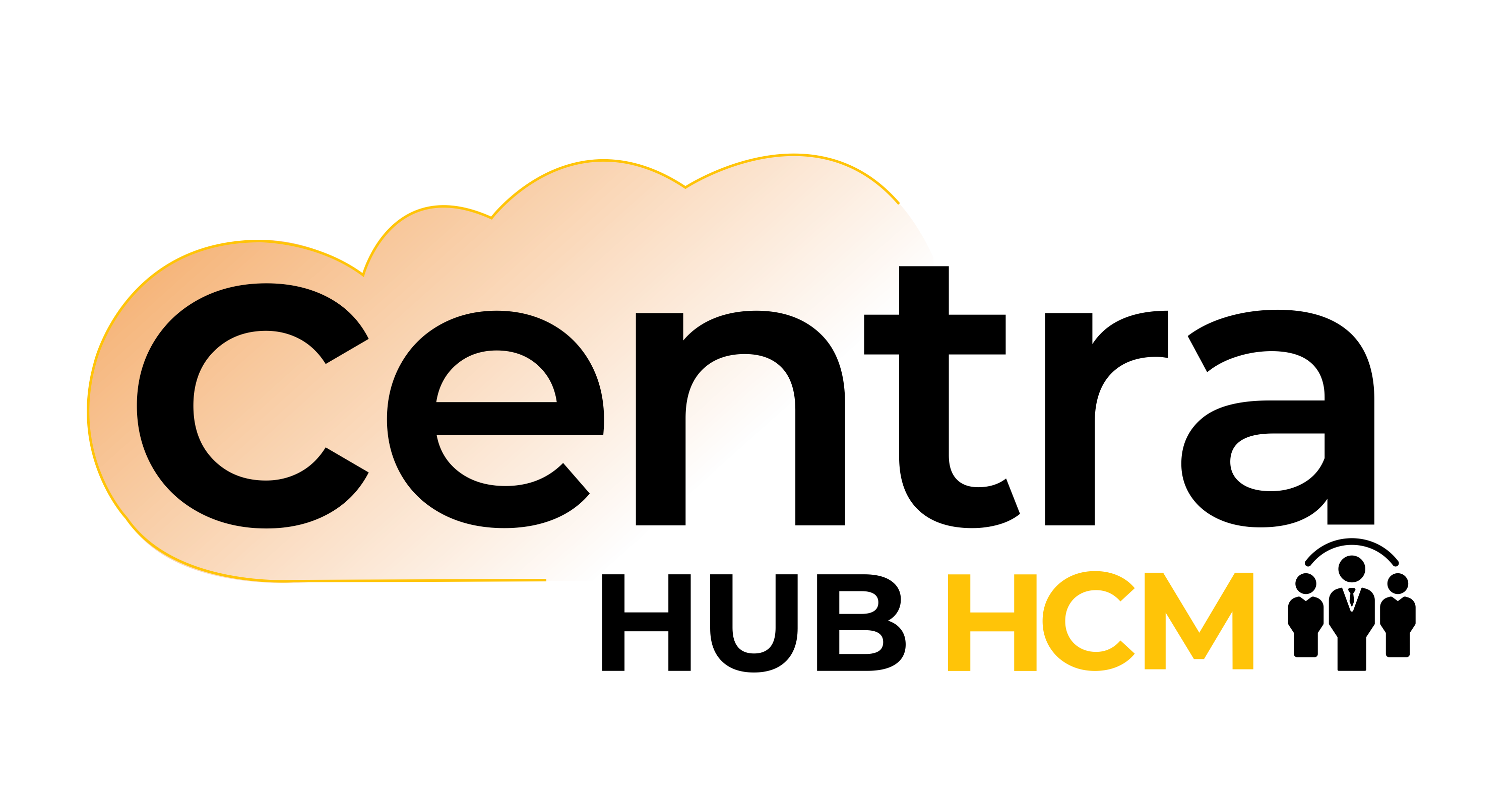Creating a Resilient Business Model
While retuning the business, organizations must take the opportunity to rebuild their operating models to ensure business continuity in the new reality. But before that, they must determine where and how the crisis has affected their existing business models, and risks or opportunities lie as a result.
Identifying the significant uncertainties, evaluating them, and framing strategies to mend them as per their importance could improve the near and long-term future of the organization.
Framework for Post Pandemic Business Planning
Reorganizing business takes place in three stages - respond, recover, and renew.
Businesses need to respond quickly by renegotiating terms, reducing their spending on unnecessary IT investments, and rationalizing or outsourcing staff.
Scrutinize new ERP investments to embrace agile systems. Thus, recover organization stability by standardizing and consolidating business management systems. Renew the ERP capabilities by moving the business applications on the cloud, delivering composable differentiation, and accelerating automation.
The duration of these phases varies by enterprise, industry, and country as well as by production unit, product or service. While businesses reset their strategies post-pandemic, it is crucial for them to make plans that would lead them to an improved future state.
Actions taken in respond phase: Cut and freeze costs, and improve cash flow
In the process of addressing ERP challenges brought by the Covid-19 crisis, enterprises require entering the initial response phase. The goal here is to focus on short-term, aggressive cost reductions, majorly to optimize the cash flow.
Renegotiate technology contracts with your ERP vendor
The instant response to this urgent financial situation is to start reviewing the contract, such as payment terms and license fees, with your ERP partner to look for more options that could be brought to the negotiations. Try pursuing better services at the same or a lower price.
Delaying data center refreshes
When revenue is in decline, there is a possibility that transaction volume in the ERP system is also declining. This would lessen the urgency to refresh the infrastructure or move the system on the cloud as both take time and money to execute. This is why limiting or delaying investments in IT infrastructure could freeze costs and is considered one of the best short-term options to impose control on expenses and put existing equipment into maximum utilization.
Rationalize inhouse ERP resources
Staffing takes up a major part of business expenses. Outsourcing or shifting your ERP application development, maintenance, and service desk functions to your professional partner would result in lower labor costs.
Save on support, development, and testing
Even when businesses are forced to reduce staff, they still need to support ERP in some way. If you are looking to optimize ERP costs, it could be done by shifting some of that support responsibility to developers outside the dedicated ERP support team. These resources could contribute in addition to their existing job responsibilities with the help of some tools, training, and oversight from skilled IT personnel. This action enables savings opportunities.

Actions taken in recover phase: Cost and business optimization
Recover is the second stage in reorganizing business.
After exiting from lockdowns, and resumption of normalized consumer and business activity are key factors to take care of. Businesses could strategize and plan to attain a level of stability.
In this phase, organizations shift from cost-cutting to cost optimization. Budgets would be limited, so strict control is imposed on any new investment, and it must be scrutinized closely, considering both short- and long-term impacts. This stage aims to improve organizational efficiency and productivity, in which a composable enterprise resource planning (ERP) system plays a significant role.
Standardize processes, data, and configuration across the organization
Standardization in ERP processes could deliver value and efficiency by adopting best practices. A single ERP instance is configured with multiple business units. This would lower the total cost of ownership (TCO) and enable you to realize savings.
Process standardization allows application consolidation leading to optimized costs across all the departments.
Scrutinize ERP improvement costs and focus on differentiation
ERP initiatives could cost you beyond your budgeted figures due to implementation and after-deployment configurations and customizations. These changes create technical debt, but at the same time, they could also provide much-needed functionality to support differentiated business processes. So, it’s important to prioritize change and measure the value over time.
Consolidate ERP application instances
When an organization opts for standardizing the processes, data, and configuration, it facilitates technical consolidation of ERP application instances across the different departments.
These actions minimize redundancy in infrastructure, maintenance and support while simplifying the application landscape and reducing integrations. They also enable an IT shared service model deployment, leading to further cost savings.
Embrace agile and products
Agile ERP system delivers improvements faster and fosters innovation. This quick identification of low-value products fast helps you limit further investment. It seamlessly brings together business stakeholders and staff to collaborate more rapidly than any traditional methodology.
In the recovery phase, when some employees have returned to the office, and some are remote working, it allows the agile ERP system to succeed and encourages continuous improvements to the platform.
Automate routine tasks using RPA
Performing repetitive, rule-based tasks manually is prone to errors. Automating this relieves the burden as well as results in faster and inexpensive business processing that would still meet the quality demands. This is made possible with robotic process automation (RPA) tools. Though it requires costs for deployment but can deliver great value relatively quickly.
Actions taken in renew phase: Digital business transformation and competitive differentiation
Renew is the last stage for reorganizing your business post-pandemic.
At this point, you are aware of the “new normal.” From a financial perspective, your business might have returned to the position it was at prior to the pandemic or close to what you expected.
The goal here is not just to recover but to go beyond the previous threshold. This requires business models created focusing on the long-term vision of digital transformation that could revolutionize your organization and plan the most cost-effective ERP implementation.
Upgrading to or deploying a new SaaS ERP solution
Cloud-based or SaaS ERP solution provides early savings at deployment while smoothing annual expenditure by spreading costs evenly throughout a subscription.
If your current ERP software is not meeting your operational needs or is too expensive, consider moving to a SaaS solution to manage your business.
Composable ERP platform with flexible capabilities
If you are seeking to renew your business operations and generate competitive differentiation, you need to adopt a composable ERP strategy that flexes through your requirements.
Delivering Flexible Capabilities Through a Composable ERP Platform
A composable ERP is capable of adopting capabilities to offer a highly configurable, interoperable, and flexible platform with future modern technology to help you keep pace with the competition.
If you need support in implementing the emerging future of ERP applications and change your experiences forever, we are here to help.
Focus Softnet is the best ERP software provider in UAE, and we focus on helping our clients manage the transition to the next era of ERP with ease.
Fill in the form to let us assist us in embarking on the journey.







